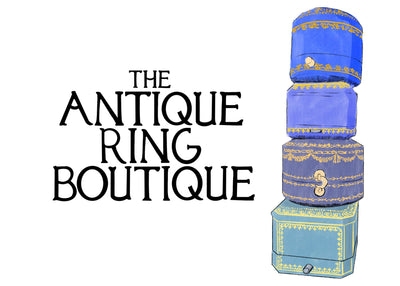Sapphires are a form of the mineral corundum, and it is in their blue variety that they are most revered. Formed by an intricate interplay of iron, titanium and vanadium impurities, the unrivalled blue of sapphires led them to be known as the 'Stone of Heaven', an association with holiness in the medieval era that made the stone a popular choice for ecclesiastical rings, strongly affiliated with the church. Historically the most valuable sapphires are from a now-extinct source in Kashmir, at the border of northern India and Pakistan. These stones display a distinctively rich, velvety blue, often with a slight haze giving the stone a 'sleepy' appearance. Sapphires from Myanmar (Burma), are also prized for their deep, pure shade of 'Royal Blue', whereas those from Sri Lanka (Ceylon), are known for their softer, slightly more violet shade of blue known as 'cornflower'. Aside from these shades, sapphires also display a whole spectrum of attractive colours, from bright yellows and oranges through to subtle greens, deep violets and vivid pinks, and can even be completely colourless. Among this rainbow of colours, another highly sought-after type of sapphire is ‘padparadscha’, a Sanskrit term meaning ‘lotus blossom’, which describes a peachy colour, balanced between orange and pink, reminiscent of a sunset. To keep up with demand, the majority of commercially available sapphires have been heat treated to improve their colour, meaning that untreated sapphires of good colour and transparency are particularly rare and valuable. A cluster ring set with a blue sapphire within a border of white diamonds is an enduring classic of jewellery design, most famously adored by Princess Diana and the Duchess of Cambridge.


